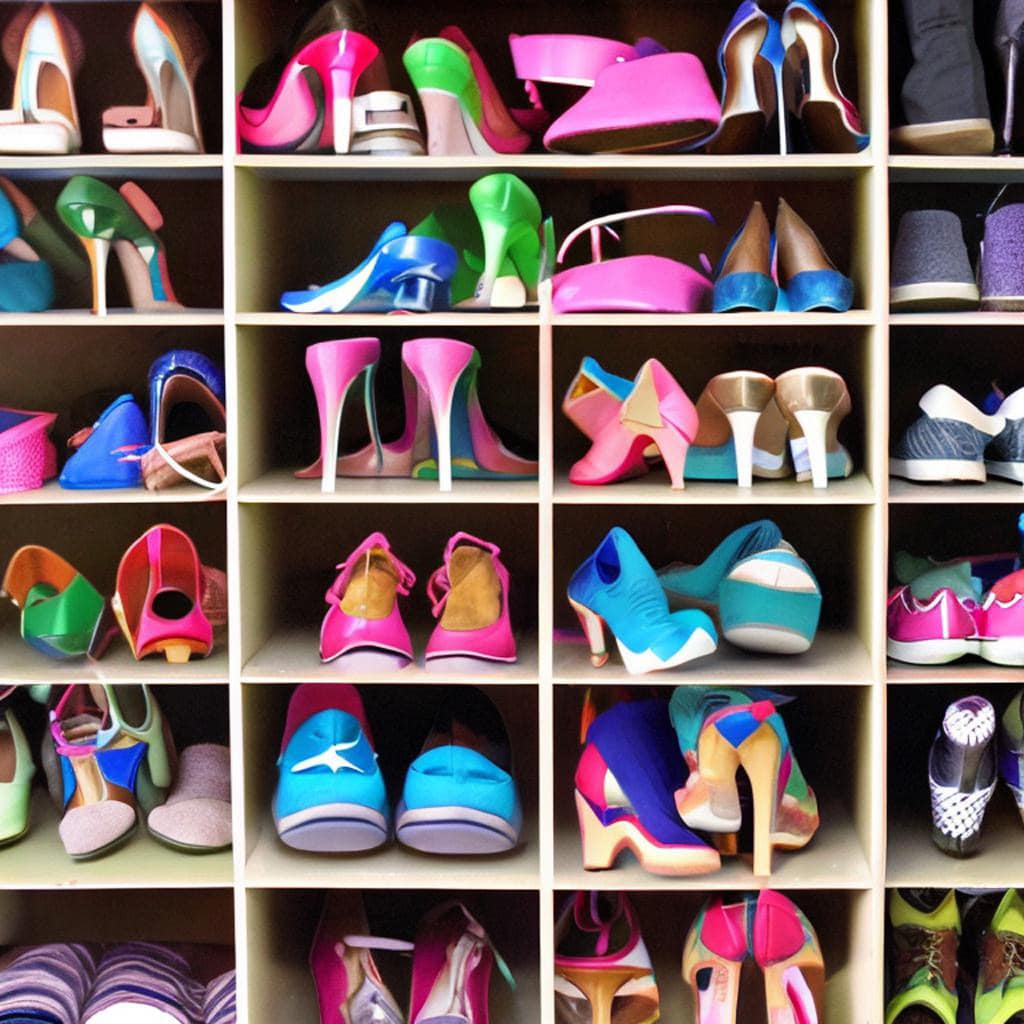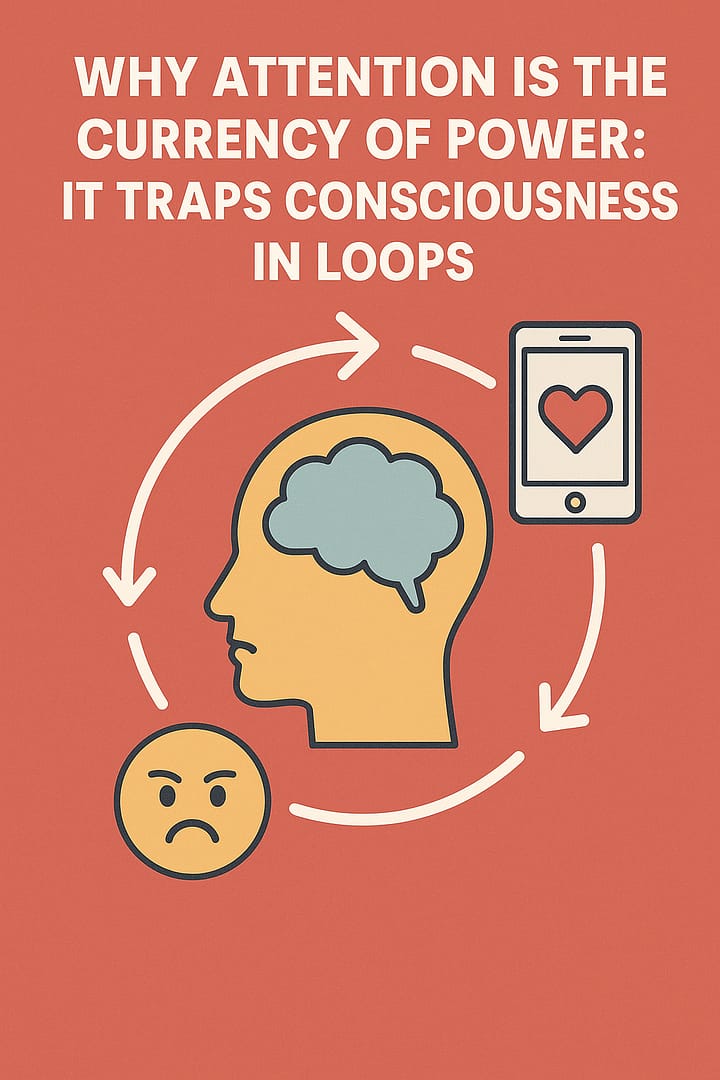The Shoebox Shuffle. Understand the Dangers of Categorizing People
The Shoebox Shuffle – The Danger of Categorizing People
Human beings have a tendency to sort and categorize things around them, including people. We might compare this tendency to “The Shoebox Shuffle,” where we sort and organize items in a shoebox. This can lead to “The Closet Organizer Syndrome,” where we try to fit everything into neat little compartments, even when it doesn’t make sense. Unfortunately, this tendency can have dangerous consequences, especially when it comes to categorizing people.
Dangers of Categorizing People
Consider how we often label individuals based on first impressions or limited interactions. For example, a person might be dismissed as ‘rude’ after one brief conversation without knowing their background or the stressors they may be facing. This illustrates the core of “The Shoebox Shuffle” as it simplifies complex human behaviors into oversimplified categories.
Furthermore, let’s examine stereotypes, which often arise from generalizations. For instance, the stereotype that all teenagers are irresponsible overlooks the many responsible, hardworking youth who contribute positively to society. By perpetuating such generalizations, we fail to appreciate the diversity within groups.
Many factors contribute to the reinforcement of these stereotypes. Media portrayals, for instance, can significantly influence public perception. A study might reveal that people who consume media portraying certain groups negatively are more likely to develop biases against them. This shows the power of representation and the responsibility of creators to depict characters and communities accurately.
Moreover, consider the implications of grouping people by race. While categorizing by race may aim to identify and address systemic inequalities, it can also lead to essentialism, where individuals are seen only through the lens of their racial identity, ignoring their personal experiences, talents, and aspirations.
Additionally, the concept of self-fulfilling prophecies extends beyond individuals. Organizations can also fall into the trap of categorizing employees by job titles or departments, leading to workplace silos. This can stifle collaboration and innovation, as employees may hesitate to share ideas across divisions, believing their input is less valued because of their ‘category.’
Recognizing individuality requires intentional effort. One approach is to engage in active listening, where we focus on understanding others’ perspectives rather than preparing our responses based on preconceived notions. This fosters deeper connections and a broader appreciation of diversity in experiences and values.
Additionally, incorporating diversity training in educational institutions and workplaces can aid in dismantling stereotypes. These programs should not only raise awareness about biases but also provide tools for individuals to recognize and challenge their assumptions actively.
Ultimately, the goal is to foster an environment where every individual feels valued and understood. This requires commitment from each of us to move beyond shallow categorizations and to engage with the rich tapestry of human experiences that shape our world.
The shoebox Shuffle
“The Shoebox Shuffle” is the act of assigning individuals to a specific category or group based on limited information or assumptions. This can take many forms, such as stereotypes, prejudices, and discrimination. It is the act of ignoring the nuances and complexities of a person’s individuality, and instead defining them by their perceived group identity.
One of the dangers of “The Shoebox Shuffle” is that it can lead to discrimination and marginalization. When individuals are categorized based on their opinions, views, gifts, standing, language, education, culture, race, gender, values, religion, sexual orientation, or any other characteristic, they may be subject to negative treatment or even violence. This is because this mentality creates an “us vs. them” mentality, where those who are not part of the perceived group are seen as inferior or threatening.
The Closet Organiser Syndrome
At its core, “The Closet Organizer Syndrome” is based on the flawed belief that all individuals who belong to a particular group share similar characteristics, behaviors, and beliefs. This belief can be perpetuated by societal structures, such as media, education, and culture, which reinforce these stereotypes and biases.
The Jigsaw Puzzle Principle
Furthermore, “The Jigsaw Puzzle Principle” can also create self-fulfilling prophecies. When individuals are told that they belong to a certain group and are expected to behave a certain way, they may internalize these beliefs and conform to them. This can limit their potential and prevent them from achieving their goals, as they are defined by their group identity rather than their individuality.
In Conslusion
To combat these mentalities, it is important to recognize the individuality of every person and to acknowledge that everyone is unique. We must challenge our own biases and stereotypes, and be willing to learn about and understand people who may be different from us.
Education and awareness are also crucial in addressing “The Shoebox Shuffle.” By educating ourselves and others about the dangers of categorizing people based on their group identity, we can work to break down stereotypes and create a more inclusive society.
“The Shoebox Shuffle” poses significant risks to our societal fabric. By acknowledging individuality and actively challenging biases, we take essential steps towards a more inclusive and equitable society. Remember, understanding and embracing diversity enrich our communities and strengthen our collective future.

Text with help of openAI’s ChatGPT Laguage Models & Fleeky – Images with help of Picsart & MIB
Thank you for questions, shares and comments!
Share your thoughts or questions in the comments below!






